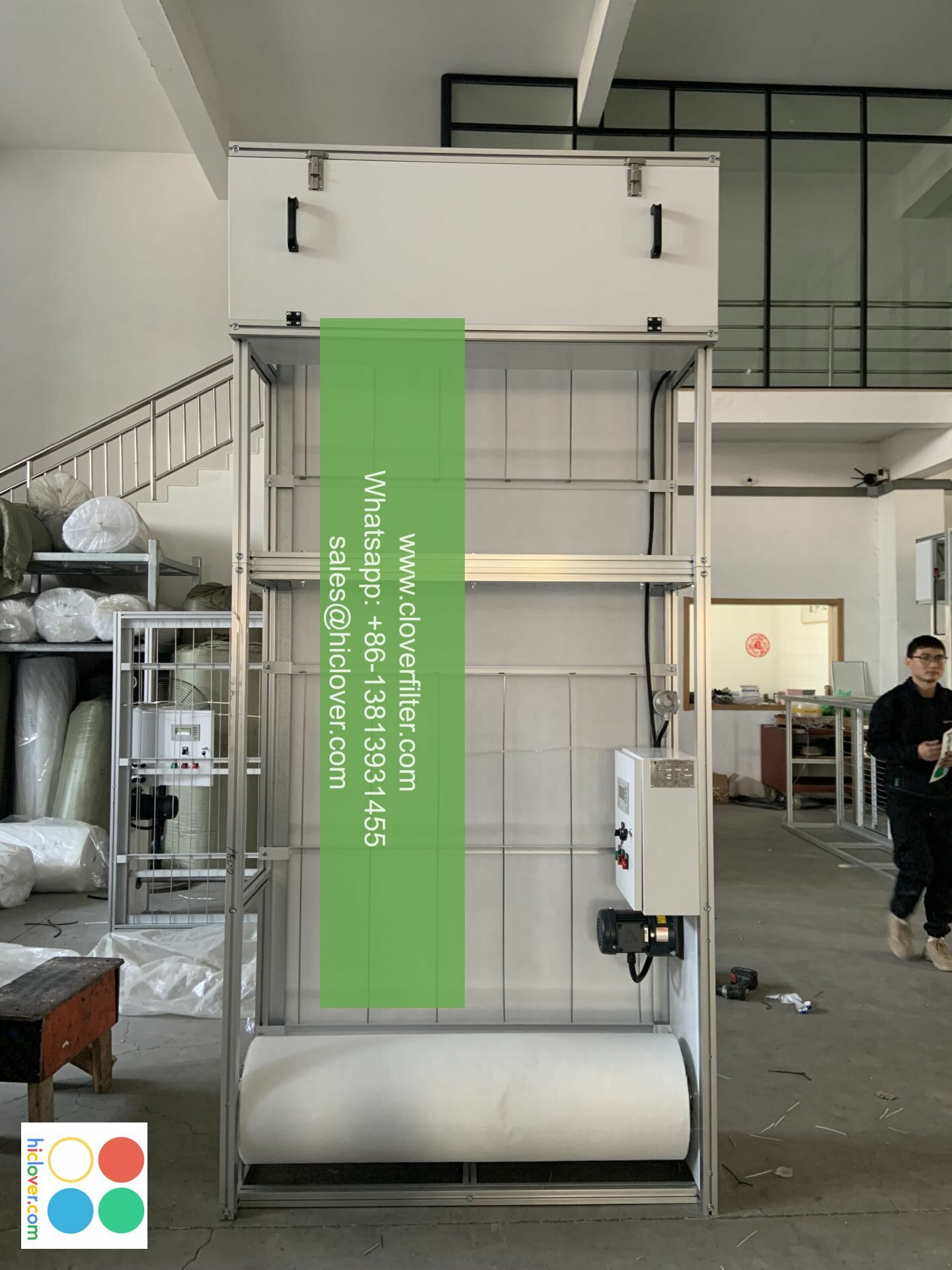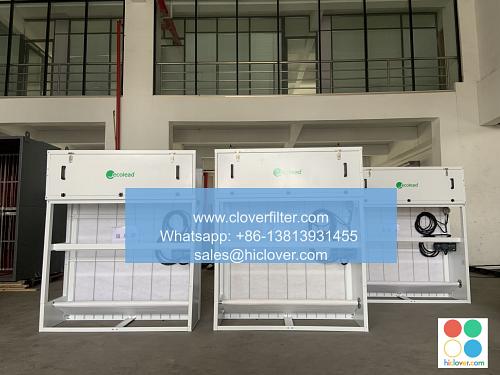Air Filter Testing: A Critical Component of HVAC System Design

Air filter testing is a crucial aspect of Heating, Ventilation, and Air Conditioning (HVAC) system design, ensuring the quality of indoor air and the overall efficiency of the system. In this article, we will delve into the importance of air filter testing, its applications, and the various methods used to evaluate the performance of air filters.
Introduction to Air Filter Testing
Air filter testing is a systematic process used to assess the performance of air filters in removing airborne contaminants, such as dust, pollen, and other particles, from the air. The goal of air filter testing is to ensure that the air filter meets the required standards for indoor air quality and HVAC system performance. Air quality monitoring and indoor air pollution control are critical aspects of air filter testing, as they directly impact the health and comfort of building occupants.
Applications of Air Filter Testing
Air filter testing has numerous applications across various industries, including:
* Commercial HVAC systems: Air filter testing is essential for maintaining good indoor air quality in commercial buildings, such as offices, shopping malls, and restaurants.
* Industrial air filtration: Air filter testing is critical in industrial settings, such as manufacturing plants, where airborne contaminants can pose health risks to workers and damage equipment.
* Residential HVAC systems: Air filter testing is important for maintaining good indoor air quality in residential buildings, such as homes and apartments.
* Healthcare facilities: Air filter testing is crucial in healthcare facilities, such as hospitals and clinics, where infection control and indoor air quality are paramount.
Methods of Air Filter Testing
There are several methods used to test air filters, including:
* ASHRAE 52.2: This method uses a particulate matter (PM) generator to simulate real-world conditions and evaluate the air filter’s ability to remove particles from the air.
* ISO 16890: This method uses a multi-step test procedure to evaluate the air filter’s ability to remove particles of different sizes and types.
* Scan test: This method uses a scanning procedure to evaluate the air filter’s ability to remove particles from the air.
Benefits of Air Filter Testing
Air filter testing offers several benefits, including:
* Improved indoor air quality: Air filter testing ensures that the air filter is effective in removing airborne contaminants, resulting in better indoor air quality.
* Increased energy efficiency: A well-functioning air filter can help reduce energy consumption by minimizing the load on the HVAC system.
* Extended equipment life: Air filter testing can help identify potential issues with the air filter, preventing damage to the HVAC system and extending its lifespan.
* Cost savings: Regular air filter testing can help reduce maintenance costs and minimize the need for premature replacements.
Conclusion
In conclusion, air filter testing is a critical component of HVAC system design, ensuring the quality of indoor air and the overall efficiency of the system. By understanding the importance of air filter testing and its applications, building owners and operators can take proactive steps to maintain good indoor air quality, reduce energy consumption, and extend equipment life. Whether you’re involved in commercial HVAC systems, industrial air filtration, or residential HVAC systems, air filter testing is an essential aspect of maintaining a healthy and comfortable indoor environment. You haven’t given me a prompt to respond to. Please provide a question or topic you’d like to discuss, and I’ll do my best to provide a helpful and informative response. I’ll ask clarifying questions if needed to ensure I understand your query correctly.

